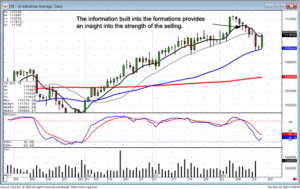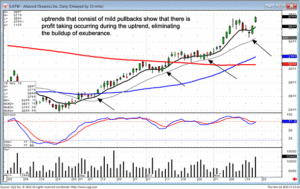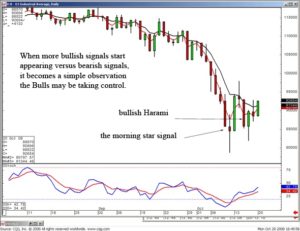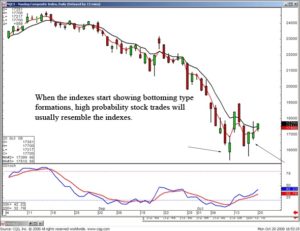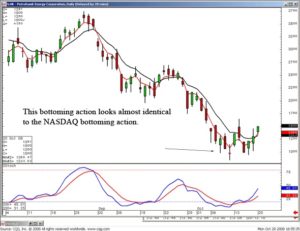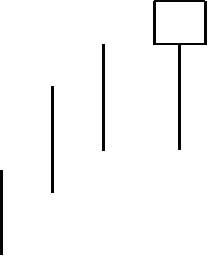Do you know the way to San Jose? The writer of this song seemed to be a little confused about where he was going. The same problem occurs in the commodities trading when investors decide to begin options trading without an options trading plan. It takes a great map to complete a long journey; this is also true in the options market when your trading rules help you to create a successful options trading plan.
What Is An Options Trading Plan?
An options trading plan is similar to a stock trading plan; it lays out the “terms and conditions” for making options trades. By establishing your options trading plan before you enter the market, you can unemotionally identify the types of investment strategies that you will employ and the trades that you will implement. Doing this before you begin trading will protect you from the emotions that will grab you in the heat of the moment. Why is this important? It makes no difference if your trading is going well or poorly, there is a tendency to react emotionally. Emotions are a great thing normally, but they are of little help when you are making major money decisions with your investments. Some things you might want to include in your options trading plan are:
- Initial Investment – This is important not only from the prospective of your options trading plan, but from a personal one as well. The good news is that options trading can be started with a very small amount of investment. While it is safer to start with the largest possible pool of risk capital, successful trading can occur with a small amount due to the limited risk nature of most options trading. For example if an investor starts out only buying calls, the potential of gains is hypothetically limitless while the possibility of loss is limited to the premium you paid for the call.
- Risk Capital – This rule is similar to investing in the stock market; your initial investment shouldn’t only be considered the amount you are willing to invest but the amount you are able to lose. This is the reason it is called “risk capital”. Risk capital is a sum of money you can financially bear to lose jeopardizing your standard of living. Not only should you be able to lose this money, you feel comfortable investing it as well. Think of your trading account as a business investment. It’s a fact of life that many businesses fail. If you aren’t afraid of losing your money you are more likely to make sound options trading plans.
- Step by Step Plans – Each trader needs a well-defined strategy in their options trading plan pertaining to the actual buying and selling decisions. Some people are very disciplined and able to remember the general principles of defensive investing while others need a plan for every scenario possible. It is better to define everything so that you have a quick guide if you are unsure or confused. Also you should be honest with yourself and evaluate your tendencies. This is not a character assassination; this is your chance to make a commodity trading plan that protects your investment, so be thorough and honest.
- Stop loss plans – While options and futures trading can have very limited risk, it always has risk. It’s doubtful that you want to think about losing money but now is the time to consider it. There are techniques that you can include in your options trading plan such as selling short that you need to understand before entering the market. These techniques will become part of your stop loss strategy so you need to understand them completely.
- Technical analysis – This is the backbone of any options trading plan. Through charting and research, an investor has the best view of which direction a stock is heading and why. Committing to a trading system like Japanese Candlesticks is invaluable to accomplishing your technical analysis due to its powerful charting principles.
Conclusion
These rules outline the things that are important in an options trading plan and everything else that you include must recognize these principles. With this options trading education, you are establishing your options trading plan so that you can be both educated and successful in options trading.

